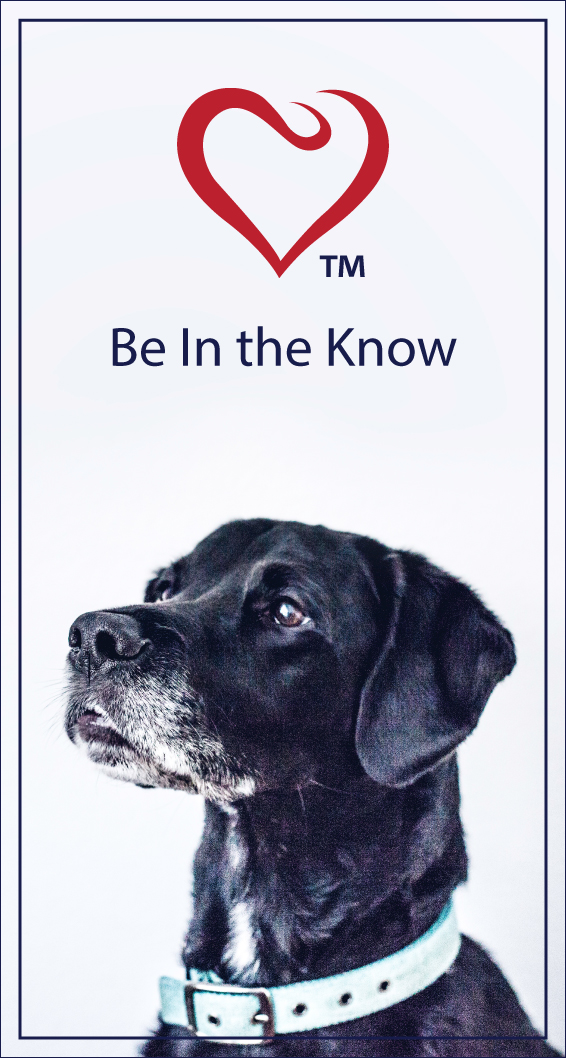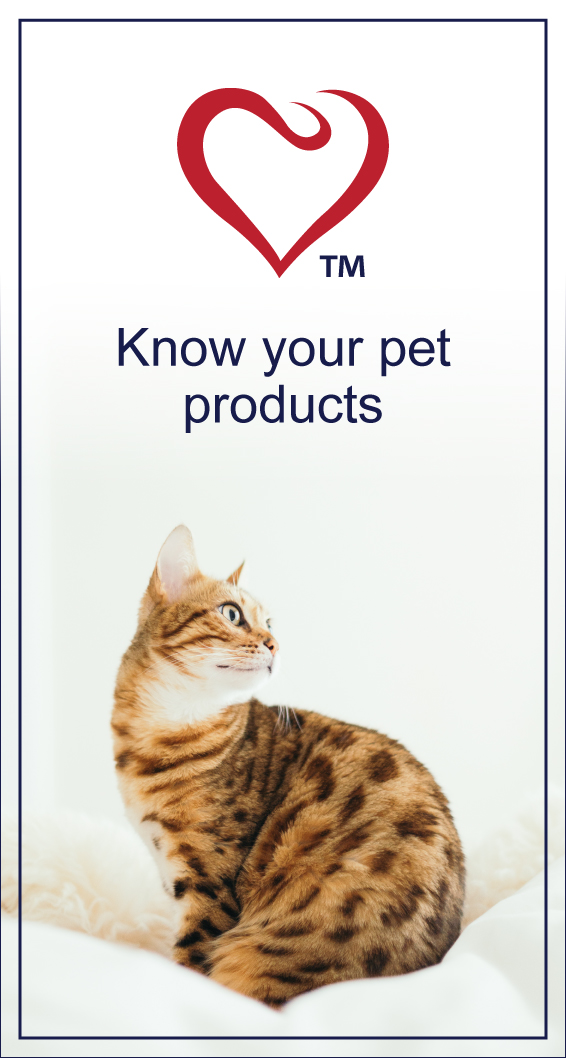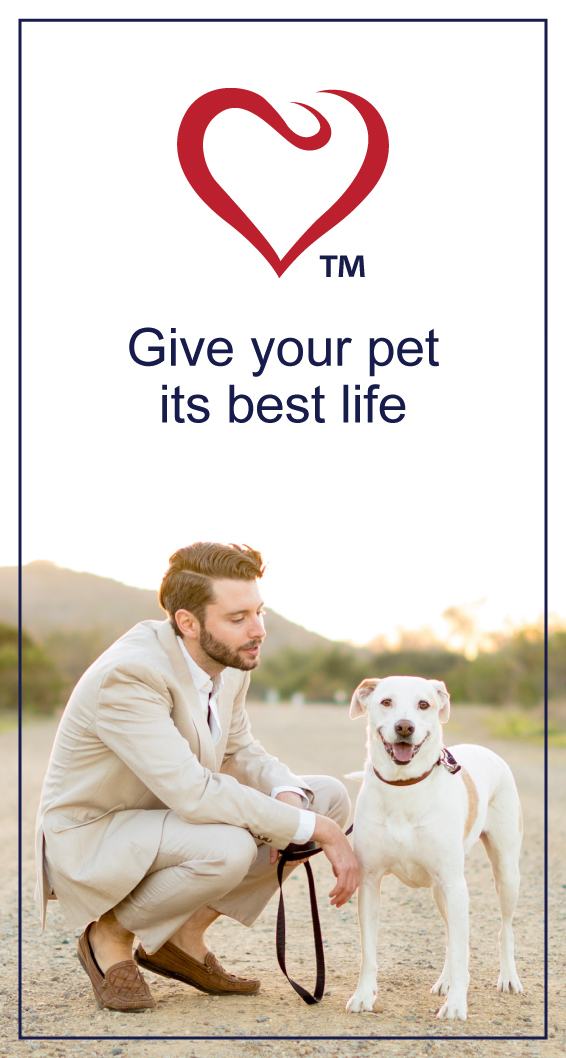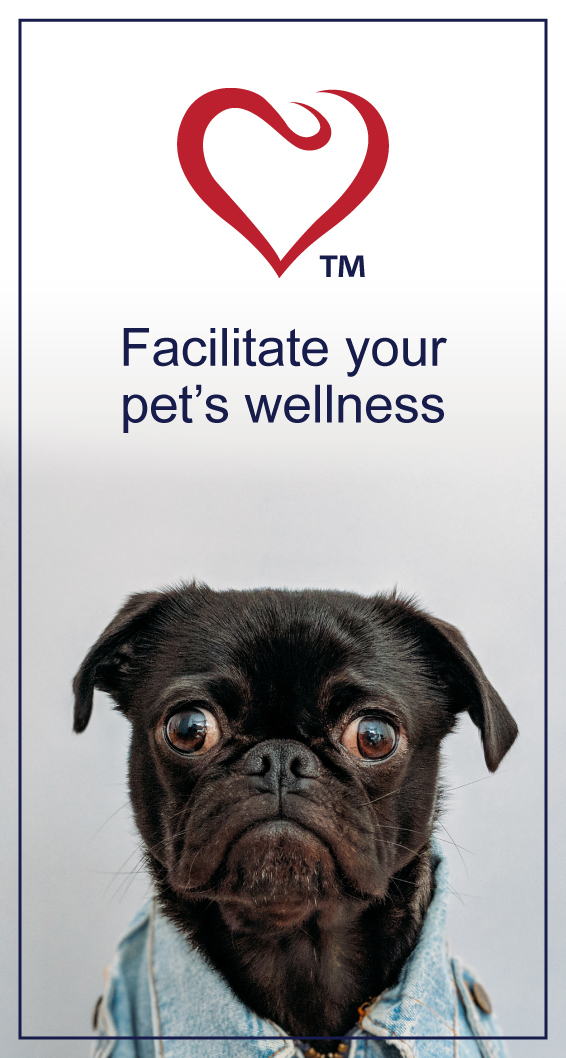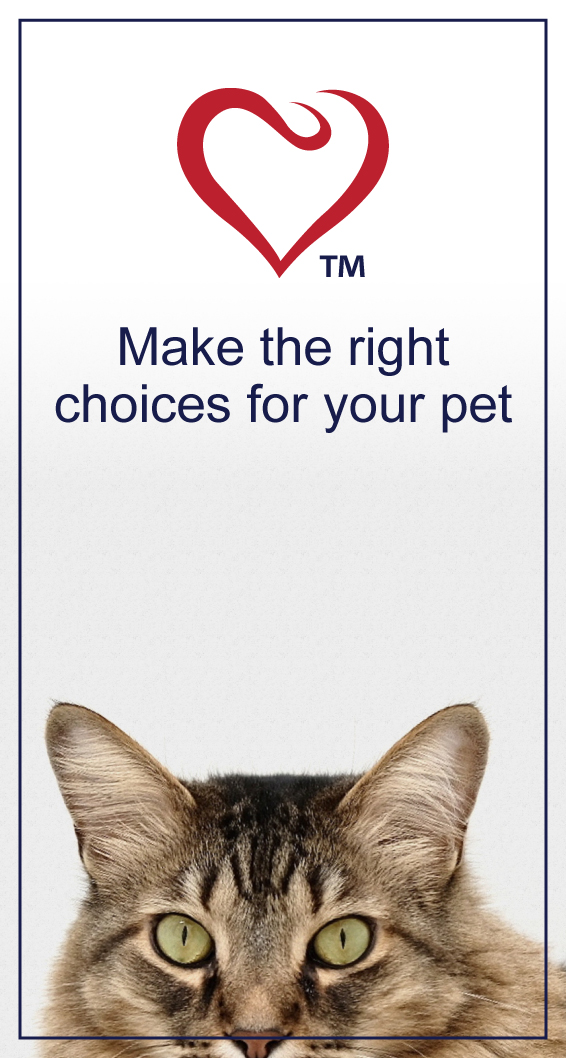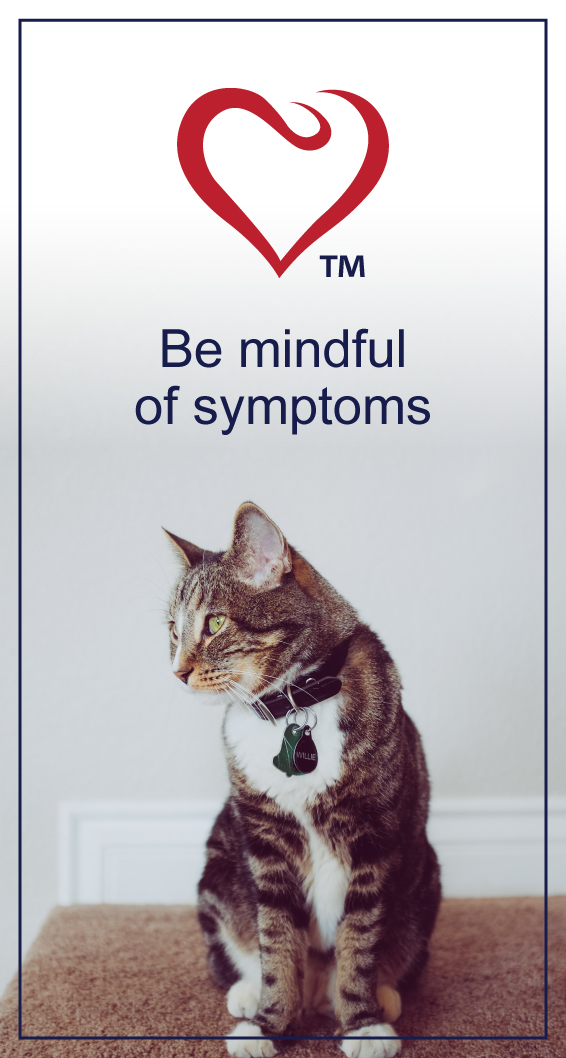HEALTH & WELLNESS

TRENDING
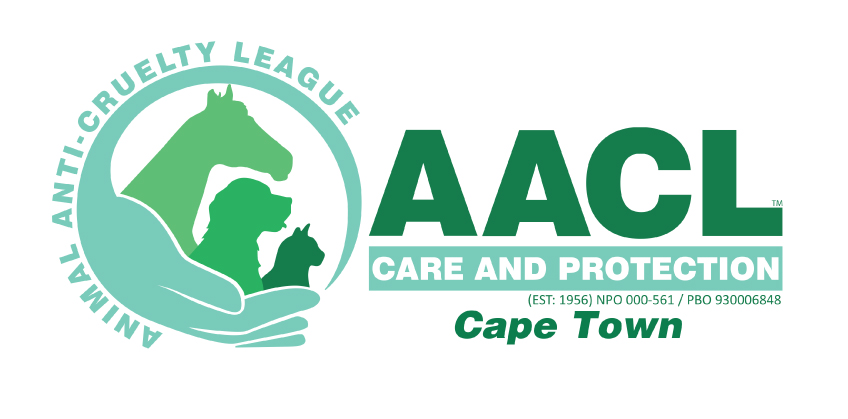
We’re excited and honoured to feature South Africa’s second largest independent animal welfare organisation on PetlifeSA.
Skin Diseases: What To Watch For And Issues You Can Treat!

There are several skin diseases that can affect both cats and dogs and, unless severe, can be treated at home.
HERE ARE SOME EXAMPLES:
- Ringworm: Ringworm is a fungal infection that can affect the skin, hair, and nails of both cats and dogs. It is highly contagious and can be transmitted between animals and humans.
- Flea Allergy Dermatitis: This is an allergic reaction to flea saliva, resulting in a condition called flea allergy dermatitis. The bites of just a few fleas can cause intense itching, redness, and skin irritation.
- Sarcoptic Mange: Sarcoptic mange, also known as scabies, is a contagious skin disease caused by mites. It is characterised by intense itching, hair loss, and skin irritation. It typically takes about 2 to 6 weeks from the time of initial exposure for symptoms to appear. These mites burrow into the skin and cause intense itching, redness, and hair loss. Topical treatments:
Depending on the severity of the mange, you could apply a topical medication or medicated shampoo. Such products contain ingredients like benzoyl peroxide or lime sulfur, which help kill the mites and soothe the skin. Use them only as directed.
Environmental management: Mites can survive in the environment and reinfest your pet. Wash your pet’s bedding, toys, and other washable items in hot water to kill any mites present. Vacuum your home thoroughly and dispose of the vacuum bag to remove mites and their eggs. Consider limiting your pet’s access to areas where they may pick up mites.
Preventative measures: Keep your pet away from other animals that may have mange to prevent the spread of mites. Promptly treat any other pets in the household that show symptoms or have been diagnosed with mange. Regularly check your pet’s skin for signs of reinfestation or secondary infections. This may include using a cone collar to prevent scratching, keeping your pet’s skin clean, and using products like aloe vera gel or hypoallergenic moisturisers to alleviate discomfort.
- Atopic Dermatitis: Atopic dermatitis is an allergic skin condition that can affect both cats and dogs. It is caused by an overreaction of the immune system to certain allergens in the environment, such as pollen, dust mites, or certain foods. It results in itching, redness, and skin inflammation. The primary goals are to relieve itching, reduce inflammation, and prevent flare-ups. Treatment options may include:
Moisturisers: Regularly applying moisturisers helps to hydrate the skin and reduce dryness.
Topical corticosteroids: These anti-inflammatory medications are often prescribed to control itching and inflammation during flare-ups.
Topical calcineurin inhibitors: These non-steroidal medications can be used as an alternative to corticosteroids for managing mild to moderate cases.
Antihistamines: Oral antihistamines can help alleviate itching and promote better sleep.
Immunomodulators: In severe cases that do not respond to other treatments, systemic immunosuppressants may be prescribed to control inflammation.
LIFESTYLE AND SKINCARE
Implementing certain lifestyle practices and skincare routines can help manage atopic dermatitis. These may include using mild, fragrance-free soaps and detergents, avoiding hot showers or baths, wearing soft and breathable fabrics, keeping nails short to minimise skin damage from scratching, and maintaining a consistent skincare routine.
ONGOING MANAGEMENT
Atopic dermatitis is a chronic condition, and flare-ups can occur periodically. Long-term management involves understanding and avoiding triggers, monitoring and addressing skin health, and regularly consulting with a healthcare professional for guidance and adjustments to the treatment plan.
PYODERMA
Pyoderma or impetigo is a bacterial skin infection that can occur in both cats and dogs. It typically develops in areas with moisture or skin folds and can cause pustules, redness, and hair loss. Causes: Pyoderma is usually caused by bacteria, with the most common culprits being Staphylococcus pseudintermedius and Staphylococcus aureus. These bacteria are commonly found on the skin and can multiply and cause infection when the skin’s natural defenses are compromised.
Types: Pyoderma can manifest in different forms, depending on the depth and severity of the infection. Common types include superficial pyoderma, which affects the top layer of the skin, and deep pyoderma, which involves deeper layers. The condition can present as pustules, papules, nodules, or areas of moist, oozing skin. Treatment typically involves a combination of oral or topical antibiotics to target the underlying bacterial infection. In severe cases, additional therapies such as antiseptic washes, medicated shampoos, and systemic anti-inflammatory medications may be prescribed.
Prevention and management: Preventing pyoderma involves maintaining good hygiene practices, regularly grooming and cleaning your pet’s skin, managing any underlying skin conditions, and addressing factors that may contribute to bacterial overgrowth. Follow the advice of your veterinarian regarding appropriate skincare, regular bathing, and any necessary dietary or lifestyle modifications.
FOOD ALLERGIES
Both cats and dogs can develop allergies to certain ingredients in their food, resulting in skin problems such as itching, redness, and skin inflammation.
It is important to note that while these skin conditions can affect both cats and dogs, the specific symptoms, treatments, and management may vary between the two species and even among breeds. If your pet has a skin disease that your early primary treatment has nor cured, please consult with a veterinarian for an accurate diagnosis and appropriate therapy.
Related Articles
